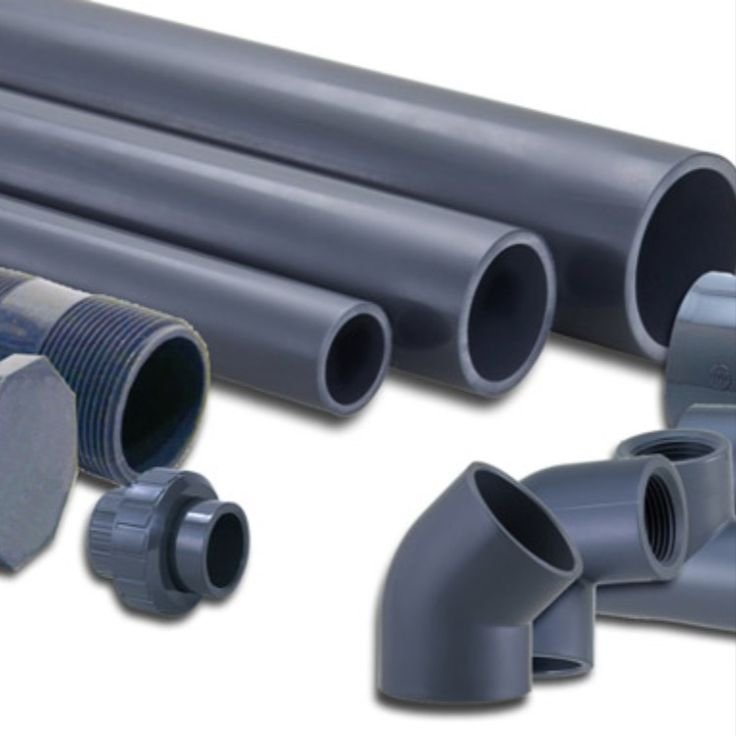Balancing description and analysis in your CIPD (Chartered Institute of Personnel and Development) assignments is one of the key challenges HR students face. While descriptive writing helps set the context and outline theories, analytical writing demonstrates your ability to evaluate, interpret, and apply HR concepts in real world contexts. Striking the right balance between the two is essential for achieving top marks and showcasing professional level understanding.
This blog will explore how to differentiate between description and analysis, why balance is vital in CIPD work, and practical strategies to help you achieve it effectively.
Understanding the Difference Between Description and Analysis
To balance both elements effectively, you first need to understand their distinct roles in academic and professional writing.
What is Descriptive Writing?
Descriptive writing focuses on what something is. It presents facts, background information, definitions, or summaries of theories and models. In CIPD assignments, description might include outlining HR frameworks, legislation, or workplace policies.
For example, a descriptive statement could be:
“Maslow’s hierarchy of needs suggests that individuals are motivated by five levels of needs, starting from physiological needs and moving towards self actualization.”
This sentence explains the theory but doesn’t evaluate or apply it. Descriptive writing is necessary for establishing context but too much of it can make your work read like a textbook rather than an analytical piece.
What is Analytical Writing?
Analytical writing goes beyond explanation. It involves examining relationships, interpreting data, and forming judgments based on evidence. In CIPD work, analysis demonstrates your ability to link theory to practice and assess how HR principles apply to real workplace situations.
For instance:
“While Maslow’s hierarchy highlights the importance of intrinsic motivation, it may not fully address the complex motivators within modern, diverse workplaces where employees’ needs often overlap.”
This version evaluates the relevance and limitations of the theory, adding depth and critical insight.
In short:
-
Description = What and How
-
Analysis = Why and So What
Both are essential, but analysis is what distinguishes high quality CIPD work from average submissions.
The Importance of Balancing Description and Analysis in CIPD Work
In CIPD assessments, tutors look for your ability to demonstrate critical understanding. This means you can not only describe HR concepts but also analyze their implications, effectiveness, and limitations in practical contexts.
Why Description Alone Isn’t Enough
Relying solely on description shows limited engagement with the topic. For example, listing HR models or summarizing legislation doesn’t prove your understanding of how they work in real organizations. CIPD assessors value reflection, application, and evaluation more than repetition of theoretical content.
Why Too Much Analysis Can Be Risky
Conversely, an overly analytical approach without sufficient description can make your work difficult to follow. Readers may struggle to understand your arguments if you haven’t provided enough background or definitions.
Finding the Middle Ground
A balanced approach combines concise description with meaningful analysis. You describe just enough to set the stage and then focus on interpreting and evaluating that information. This ensures clarity, critical depth, and strong alignment with CIPD learning outcomes.
Related academic support: To enhance your writing and analytical skills, consider professional guidance such as 3CO03 assignment Help for structured support in HR focused assignments.
Practical Strategies to Balance Description and Analysis
Maintaining balance requires thoughtful planning and self awareness during each stage of writing. Below are proven techniques to help you achieve that harmony.
1. Plan Your Structure Around Learning Outcomes
Before writing, review the CIPD unit’s assessment criteria. Identify what each section requires some may call for background explanation, while others focus on critical evaluation. This helps you allocate the right proportion of descriptive and analytical content.
For example:
-
“Explain” or “describe” = more descriptive focus
-
“Analyse,” “evaluate,” or “assess” = analytical focus
A clear understanding of these verbs helps maintain proper balance throughout your assignment.
2. Apply the PEEL Framework
The PEEL technique (Point, Evidence, Explain, Link) ensures that every paragraph contains both descriptive and analytical elements.
-
Point: Make a clear statement or argument.
-
Evidence: Provide supporting data, theory, or an example.
-
Explain: Describe briefly what it means.
-
Link: Analyze how it relates to your main argument or learning outcome.
This structure helps you naturally move from description to analysis without overemphasizing either.
3. Use Theories as a Foundation, Not a Focal Point
When referencing HR models (like Kolb’s Learning Cycle or Herzberg’s Motivation Theory), keep your description brief and move quickly to evaluating how these theories apply to your case study or workplace example.
Ask yourself:
-
Does this model still hold relevance today?
-
How does it perform in different organizational cultures?
-
What are its limitations?
These questions automatically lead to analytical discussion.
4. Integrate Real Life Examples and Case Studies
Analysis becomes stronger when grounded in real world application. Use workplace examples, industry trends, or HR case studies to demonstrate understanding. For instance, linking theory to an organization’s employee engagement strategy adds depth and context to your evaluation.
5. Maintain a Balanced Paragraph Ratio
A useful rule of thumb is to dedicate around 30–40% of each section to description and 60–70% to analysis. This keeps your writing informative yet critically engaging.
6. Use Critical Language
Certain words and phrases naturally signal analytical thinking. Use transitions like:
-
However, whereas, on the other hand – to compare
-
This suggests that, this implies – to interpret
-
The limitation is that, a potential improvement could be – to evaluate
This language strengthens the analytical tone while maintaining academic professionalism.
Common Mistakes to Avoid
Even experienced writers can struggle to keep their analysis and description in balance. Here are common pitfalls to watch for:
Overloading with Theory
Including too many HR theories without critical commentary can weaken your argument. Focus on quality over quantity select the most relevant frameworks and analyze them in depth.
Lack of Evidence
Analytical points must be supported by credible evidence, such as case studies, research findings, or professional standards (like the CIPD Profession Map). Unsupported opinions can make your writing appear subjective.
Repeating Information
Avoid re describing concepts you’ve already covered. Instead, build upon earlier sections with analysis or reflective insight.
Tips for Strengthening Analytical Writing
Enhancing your analytical skills takes practice and conscious effort. Try the following approaches:
-
Ask reflective questions like “Why is this significant?” or “What does this mean in practice?”
-
Compare and contrast different perspectives instead of presenting a single viewpoint.
-
Synthesize ideas by combining theories and workplace experiences.
-
Seek feedback from tutors or peers to identify areas where your writing may be too descriptive.
Conclusion
Balancing description and analysis is a fundamental skill in CIPD academic and professional writing. Description provides the essential foundation, giving readers context and understanding of HR concepts. Analysis, on the other hand, transforms that information into meaningful insights that demonstrate your ability to think critically and apply knowledge in practical settings.
By planning carefully, using frameworks like PEEL, integrating real world examples, and maintaining an analytical tone, you can create assignments that are both informative and intellectually engaging. Remember, your goal isn’t just to show what you know but to show how you think.
Ultimately, mastering this balance will not only help you excel in your CIPD assignments but also strengthen your professional communication skills key attributes for any successful HR practitioner.




Leave a Reply